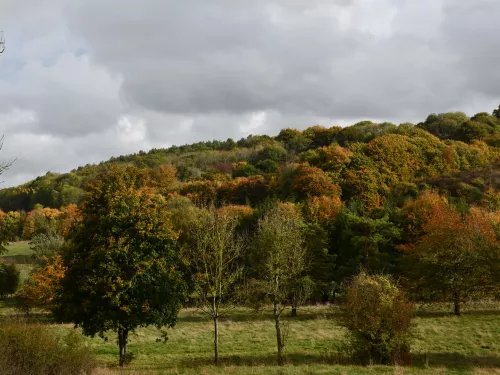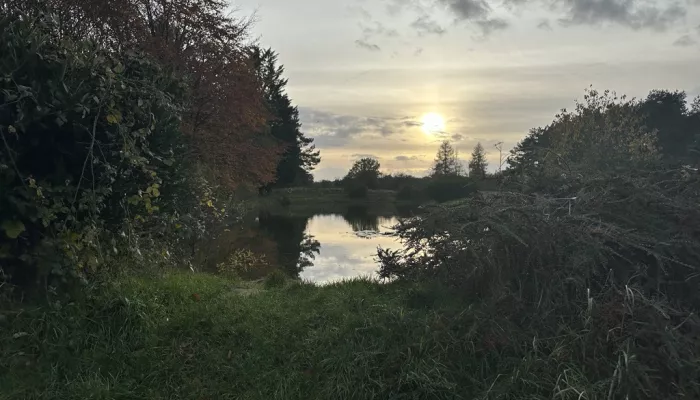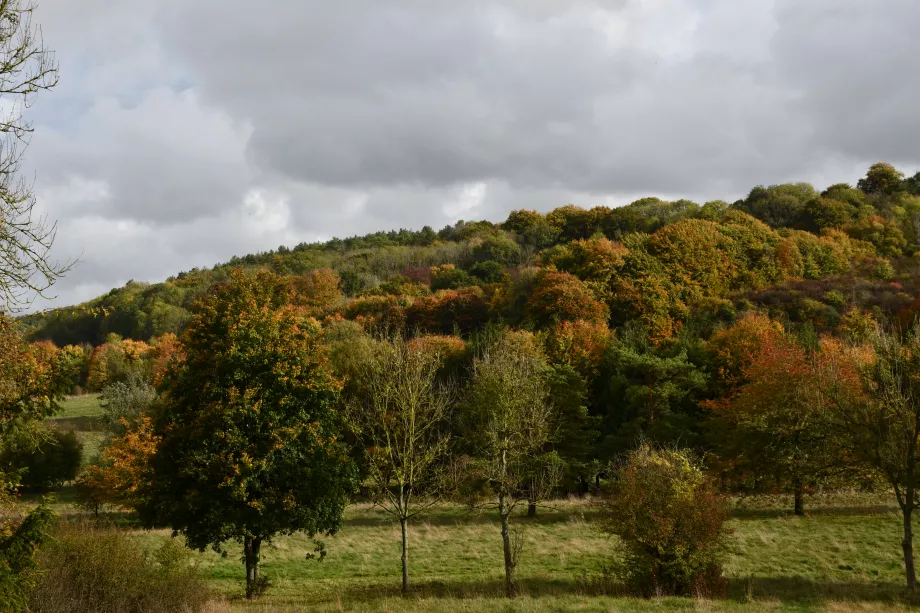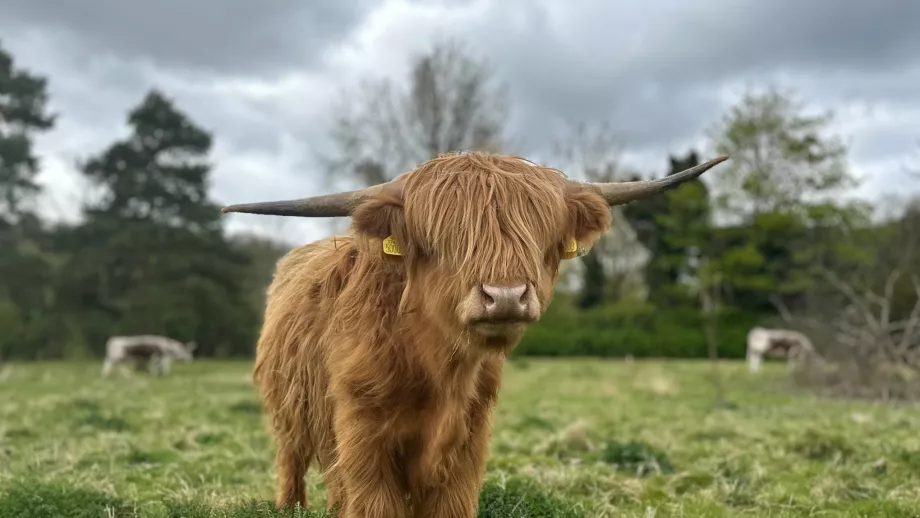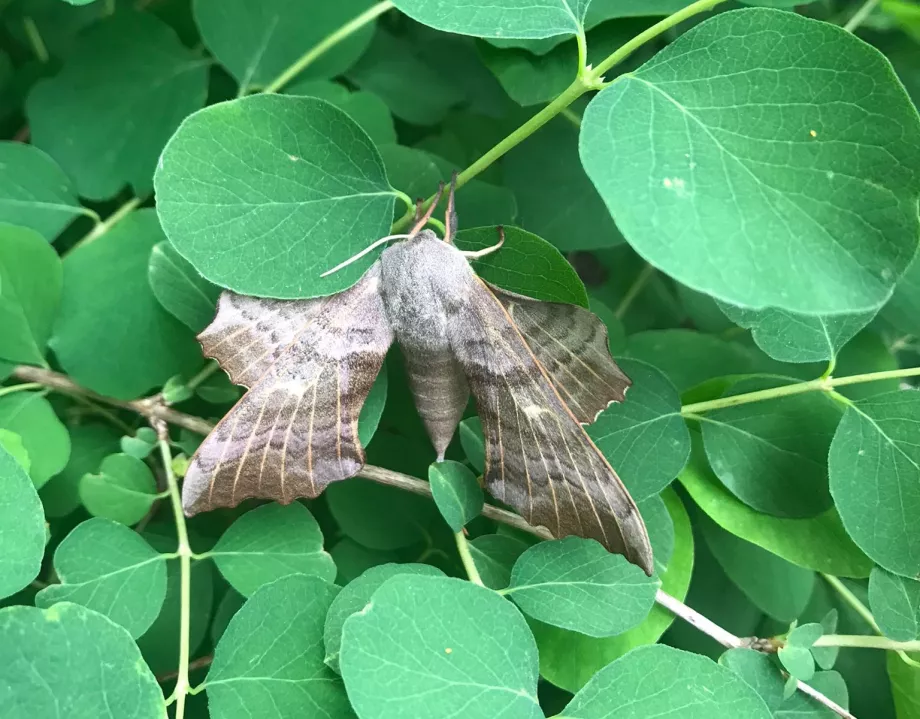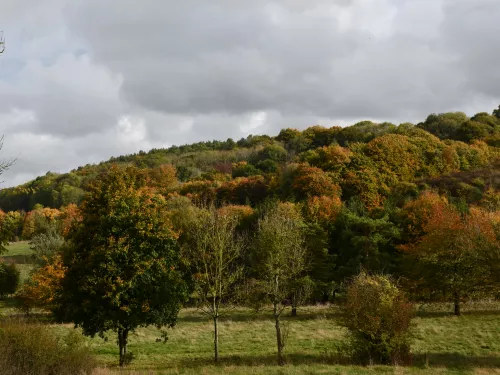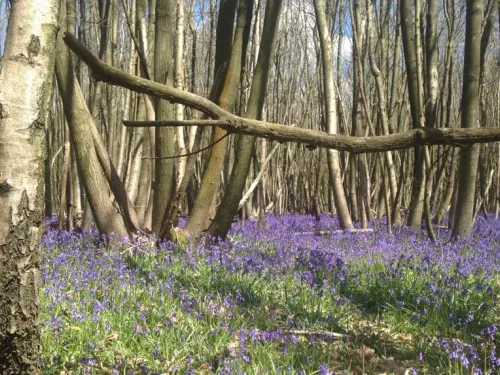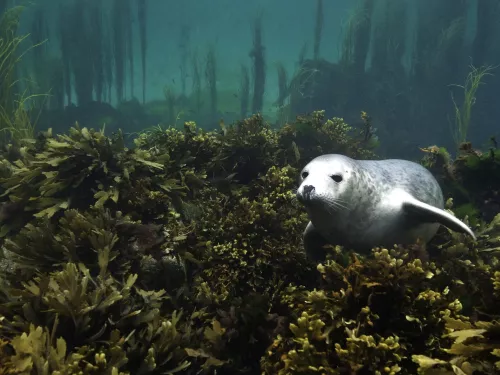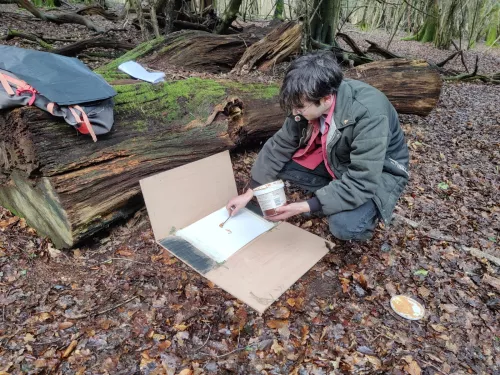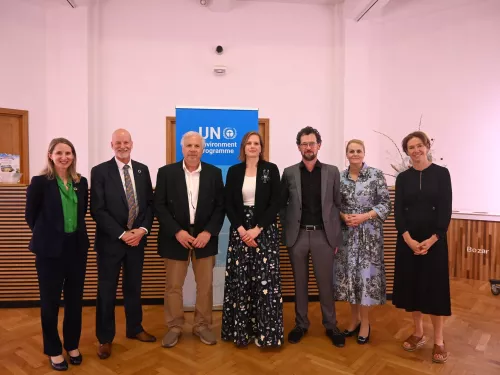Why invest in carbon credits here?
What we expect of businesses is that they reduce as many of their emissions as possible – but we recognise that that’s a challenge, and that, at least in the short term, there are going to be some left that they need to deal with. You can choose to invest, for example, in an Indonesian mangrove project that you’re never going to be able to see and that you really don’t know is going to be carried out (or carried out in a way that's good for local communities). OR you can choose something in the UK that you can come and see evolving into a brilliant nature project that delivers for both biodiversity and the climate – and has local benefits.
It’ll cost you a little bit more, but it’ll be a much better outcome that you’ll be able to stand by, that’ll work for you in ESG terms, and that you’ll be able to claim credit for, market to your customers, and talk about with your peers. In a very tangible way, Wilder Carbon enables businesses to address the nature and climate crises at home (or the office!).
It all works via the Trusted Deliverer Network, made up of UK conservation organisations with a track record of managing land for conservation and restoring it in the long term. The network is governed in such a way that the land is effectively ensured into perpetuity. A UK business buying into Wilder Carbon, then, is supporting the best conservation work happening in the UK!
We very much look forward to seeing how Heather Corrie Vale continues to evolve.
